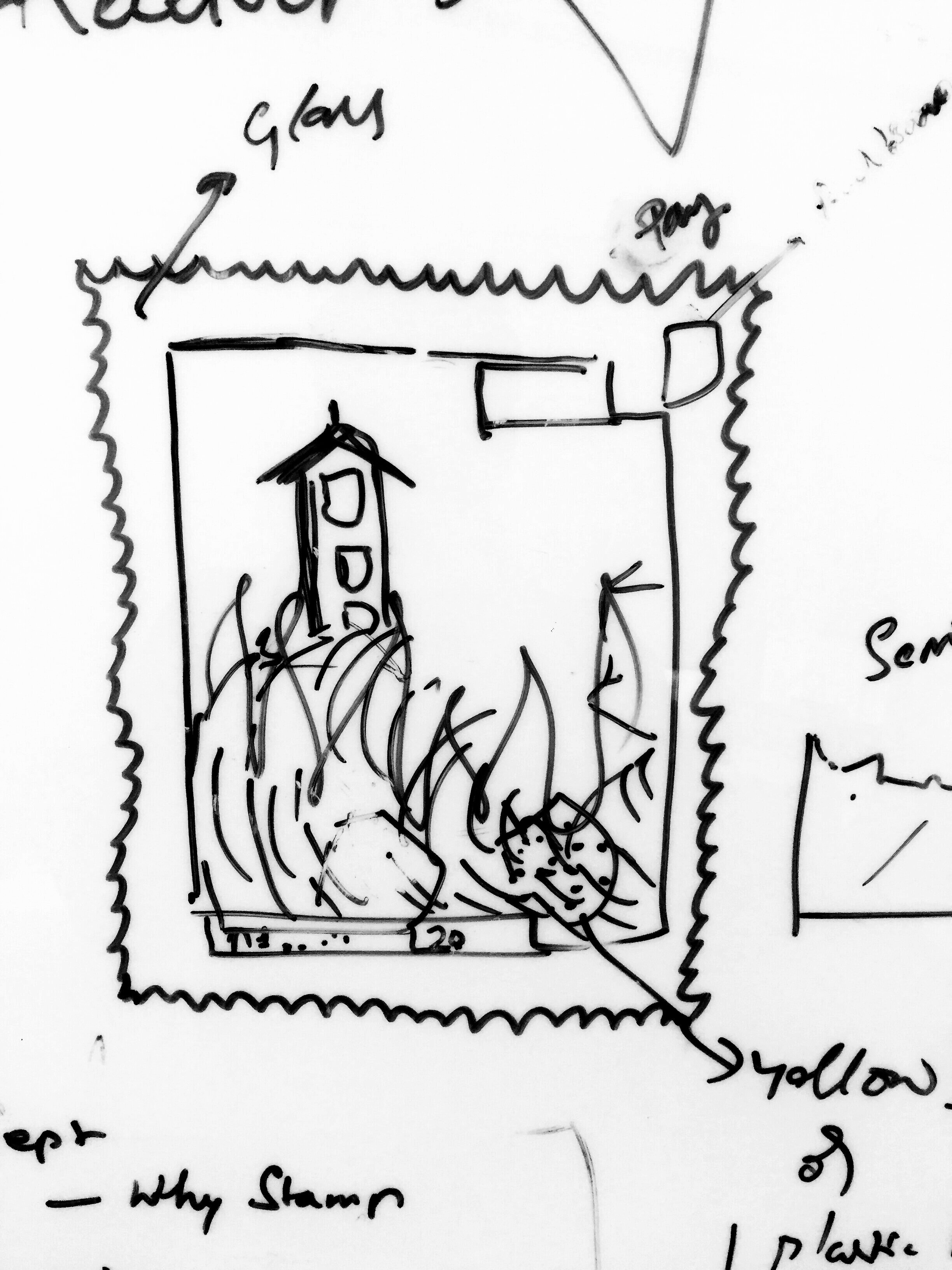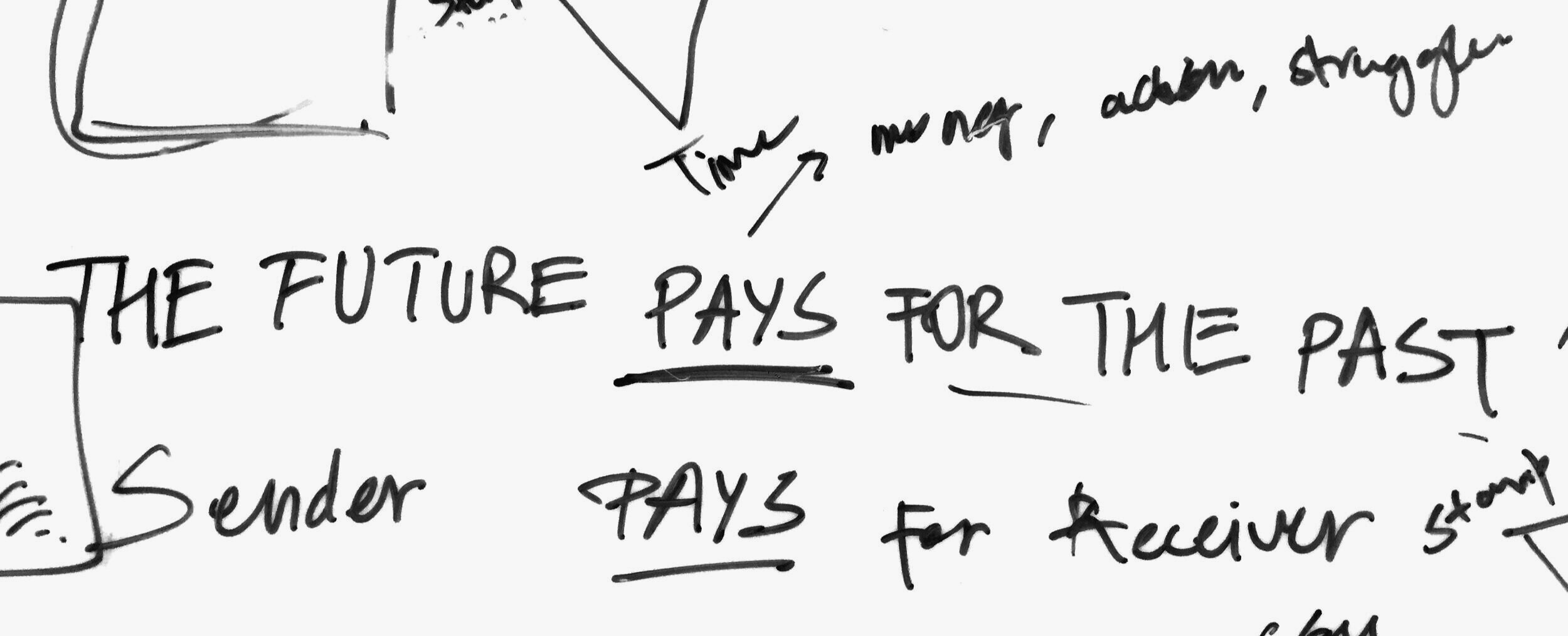This year me and my colleague Srinivas Harivanam collaborated to enter into the Amsterdam Light Festival which happens every winter in Amsterdam, Netherlands from late November to mid January. During the 53-day festival, Amsterdam is the international stage on which new artworks are presented, light art activities are organised and artists are put in the spotlight. The annual exhibition focuses on artworks placed on and along side the characteristic waters of Amsterdam and the preparations for the festival take place throughout the year.
Entries for Amsterdam Light Festival 2020 were to be based on the theme When Nature Calls, which essentially asked the artists to highlight the affects of the Anthropocene era on the planet in their work. For their ninth edition, Amsterdam Light Festival called for artworks spotlighting one of the two sides of this story: the issues, danger and disappointment at what our own actions have caused, or indeed marvel the potential and solutions nature has to offer us.
CONCEPT & THEME
Postage stamps serve as a value card, which on a fundamental level denotes the price a sender has to bear to communicate with the receiver. Since their inception, they have also been a carrier of public memory which are denoted in images of historical events, monuments, indigenous species and notable personalities. With the advent of Anthropocene, it is evident that future generations will bear the price for the atrocities that we commit on the nature now.
Through this installation we attempt to represent the public memory of the future in a form of a postal stamp, wherein the representation bears traces of evident environmental changes juxtaposed with landscapes of Amsterdam. Through this work, we pose this question to our visitors: ‘Is this how we want upcoming generations to remember the present’?
VISITOR EXPERIENCE
The static installation takes form of a line drawing and situates itself in between the dynamic viewer and background; in doing so, opens the possibilities of multiple perspectives to be viewed from different spaces. The iconic frame of a postage stamp provides a viewfinder between what is objective real (which is outside the frame) and what is subjective image (which is created inside the frame), thus enabling the two layers to mix and form new meaning. This freezes every possible view created through the installation as ‘an event image’ that the future might remember, thus evoking a sense of (both optimistic and cynical) responsibility among the viewers.
THE ROLE OF LIGHT
Life. Hope. Knowledge. Security. Light has had multiple connotations throughout the history of mankind. Complementing these notions, our installation serves as a medium to ‘shed light’ on the emergent crisis of the century namely climate change. Light reinforces a sense of credibility to the structure while also providing a space for meaningful discussions to happen.
TECHNICAL PRINCIPLE
The installation uses a composition of multi-colored neon lights and electroluminescent (EL) wires with enough brightness to stand out in the environment but not hinder the background view. As an alternate light source, a transparent OLED screen could be used but that would dramatically increase the budget provided. Due to the planar form of the installation, the structure can be supported by a rectangular metal frame for rigidity. A grid on the frame can also support the individual components of the composition.





